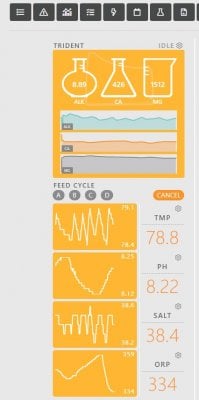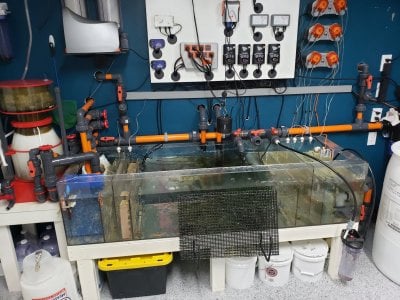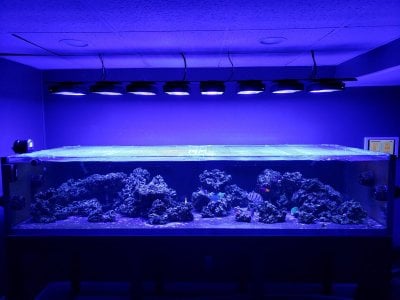Saw your post on 'City Water Report', so looks like you're still having issues keeping coral in this system.
Since I see that all the 'usual suspects' have been looked for and ruled out, I'd suggest having your system's microbiome tested by Aquabiomics (https://aquabiomics.com/). Not only will this tell you what kind of bacteria/archaea community your system has (and if it is of a type that has been found in other healthy reef aquariums, or not), but it will also tell you if there are any known coral pathogens.
Best of luck resolving this.
Since I see that all the 'usual suspects' have been looked for and ruled out, I'd suggest having your system's microbiome tested by Aquabiomics (https://aquabiomics.com/). Not only will this tell you what kind of bacteria/archaea community your system has (and if it is of a type that has been found in other healthy reef aquariums, or not), but it will also tell you if there are any known coral pathogens.
Best of luck resolving this.
Last edited:

























